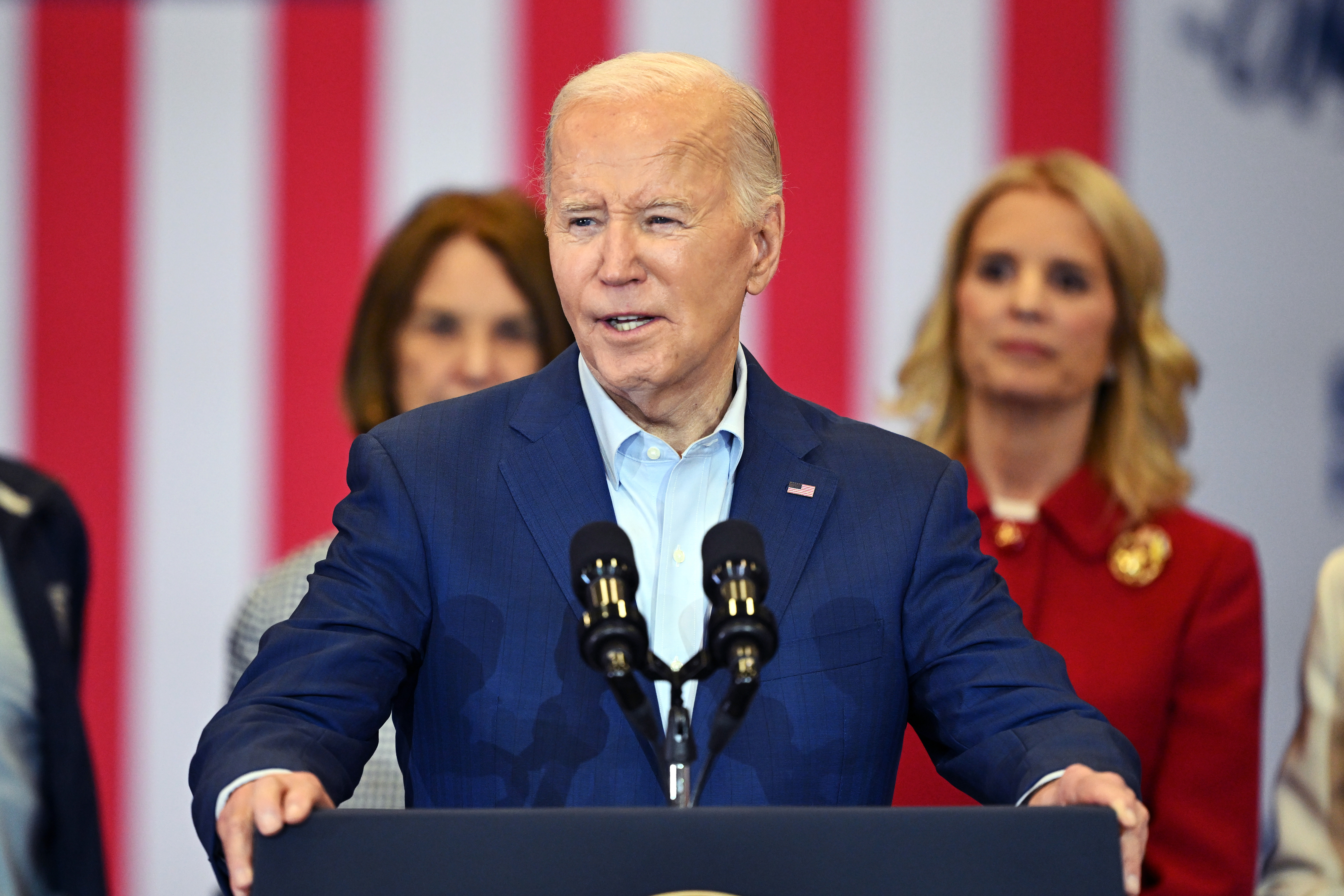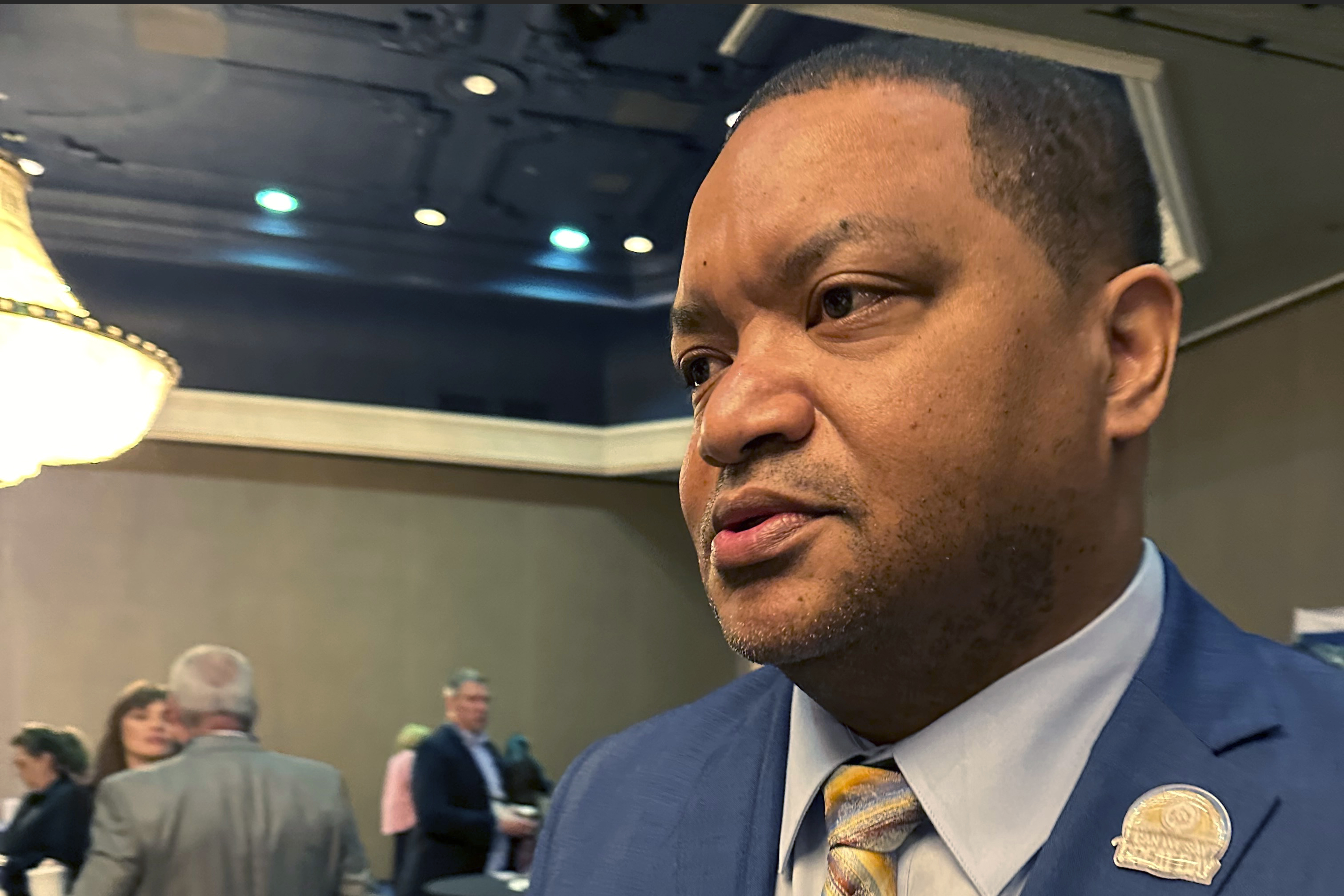What to Know
- The Resilience Project, launched in Oct. 2018 by the City of Philadelphia, combined the efforts of 35 city agencies and departments.
- It is a five-year, $36 million plan to battle the opioid epidemic in Philadelphia.
- Pennsylvania has had the third-worst fatal overdose rate in the country, behind only Ohio and West Virginia.
NBC10 is one of more than 20 news organizations producing BROKE in Philly, a collaborative reporting project on solutions to poverty and the city’s push towards economic justice. Follow us at @BrokeInPhilly.

Encampments are gone. Blue LED lights are up.
Many of the most visceral signs of Philadelphia’s lingering opioid crisis were cleaned up over the last eight months since Mayor Jim Kenney mobilized an emergency response to the city’s most pressing health epidemic.
The Philadelphia Resilience Project, which will cost some $36 million over five years, brought together 35 city departments to “break down silos” between agencies and focus on the hardest-hit neighborhoods, including Kensington and Fairhill, according to the city.
A progress report released Wednesday highlights some initial victories from the first phase of the project, which launched in October 2018.
Local
Breaking news and the stories that matter to your neighborhood.
Since then, Philadelphia officials cleared major encampments along Lehigh Avenue and Emerald Street, which once served as sidewalk drug hostels.
Agencies added 100 shelter beds and installed 1,000 blue LED lights along Kensington Avenue to deter people from injecting drugs in plain sight. Other efforts included adding a dozen needle drop boxes, providing free overdose awareness and reversal training to more than 2,000 people and removing over 24,000 needles from the streets.
"We've shown the people in the community that we aren't going to walk away from it," Kenney said in an interview. "We're going to stand up to it and deal with it and put in the resources that are necessary to make a difference. We know it's not going to be an overnight thing."
Many of these initial steps have only masked a lingering problem that plagues not just the thousands of people addicted to opioids, but the city as a whole.
After the encampments were cleared, for instance, many of the homeless people and opioid users who frequented the sites dispersed into surrounding Kensington.
The city planned extensively in preparation for that possibility, according to Philadelphia Managing Director Brian Abernathy.
"The crisis in Kensington is affecting other communities. It’s affecting Port Richmond. It’s affecting Center City," Abernathy said. "But the lessons we’ve learned in Kensington are effective in all those areas, as well."
He added, "This is a crisis that is not limited to Kensington and Fairhill. This is a crisis that is affecting all of us."
People working directly with populations most affected by addiction said there is plenty still to be done, despite incremental progress.
“We need to be doing more,” Devin Reaves, executive director of the Pennsylvania Harm Reduction Coalition, said. “We did get some people into housing that were living outside, but it did displace some people.”
Reaves, who is 12 years sober and an advocate for safe injection sites, said the city needs to move beyond the triage stage and focus on creative solutions to fighting what is arguably the city’s biggest problem.
In 2018, 1,116 people died from drug overdoses in Philadelphia, according to the city’s Department of Health. Fentanyl was found in 84% of those deaths. In 2017, more than 1,217 died from overdoses, according to the DOH.
The high rates of Fentanyl-laced heroin in Philadelphia, the highest of any major city nationwide, have contributed to startling numbers across the entire state.
Pennsylvania has the third highest fatal drug overdose rate in the nation, trailing only West Virginia and Ohio, according to a report released earlier this month by the Commonwealth Fund.
But measuring progress through the number of overdose deaths is not necessarily the most accurate metric of whether the city has made a dent in its opioid crisis, according to Reaves.
Counting overdoses does not account for the collateral damage that so often accompanies addiction, including homelessness and other health problems like Hepatitis C, soft tissue infections and even HIV/AIDS.
“We are still at crisis levels when it comes to opioids in Pennsylvania,” Reaves said. “Are we making progress? Yes. Is it enough? No.”
As the city enters into a new phase of the Resilience Project, Reaves would like to see more data. What is available, he said, does not accurately measure the real cost of the burgeoning epidemic.
When an intravenous drug user visits the emergency room for a soft tissue infection from a dirty needle, for instance, hospital administrators would not necessarily list the cause of that infection in their paperwork.
“That could cost a hospital hundreds of thousands of dollars,” Reaves said.
He believes adding safe injection sites could ultimately save Philadelphia money in the long-run by creating a sterile environment for opioid users.
That idea has stirred controversy since it was first proposed. Democratic City Councilwoman Maria Quinones-Sanchez, who represents Kensington and Fairhill, opposes a plan to open one in Kensington, and U.S. Attorney William McSwain filed a lawsuit to prevent any such establishment from opening.
McSwain, a Republican appointed by President Donald Trump, said that “normalizing” drug use would not be the answer to solving the opioid epidemic.
Reaves, however, said a safe injection site could save lives.
“I don't know how we can ignore any intervention that has worked in other places,” he said, referring to Vancouver where safe injection sites have helped alleviate the city’s drug crisis. “I can’t help but think of all the people I’ve known that died that didn’t have to.”
Another ongoing issue in Philadelphia is access to care, according to South Philadelphia resident Bo Garfield, who has been sober for two years.
After conquering addiction and beating cancer, the 28-year-old now manages what he calls a “three-quarters house” for people who have been clean at least several months. Many of these people have insurance, Garfield said, which gives them access to better treatment options.
But even in houses such as the one he operates, sneaking in drugs is too easy, he said.
“These people are going to get high and whether they do it in the open street or in a house, they’re going to get high,” Garfield said.
Like many of the patients he helps, Garfield lived on the streets and spent years in and out of jail. At his worst, he was homeless. At his most desperate, he left the hospital and went straight to Kensington to shoot up, still wearing the gown given to him in the emergency room.
Nothing mattered until he found a continuum of care that addressed not just his addiction disorder, but also his depression and other mental health issues.
“There needs to be more money so people can actually recover from the disease,” he said. “Saving people’s lives is just the first step, but it’s the first step in a series of steps.”
To that end, Kenney extended the city's executive order through Dec. 31. The next six months will focus on raising funds and creating partnerships to sustain the project beyond 2019, developing an economic plan for Kensington and Fairhill and expanding the program into other neighborhoods with similar needs.
"I'm not going to put them in handcuffs and throw them in the back of a police wagon," Kenney said. "That’s not the answer to the problem. But it’s engaging with them, trying to figure out what their needs are, trying to get them handed off to the right people so that they can get in that shelter bed and get in the program."



